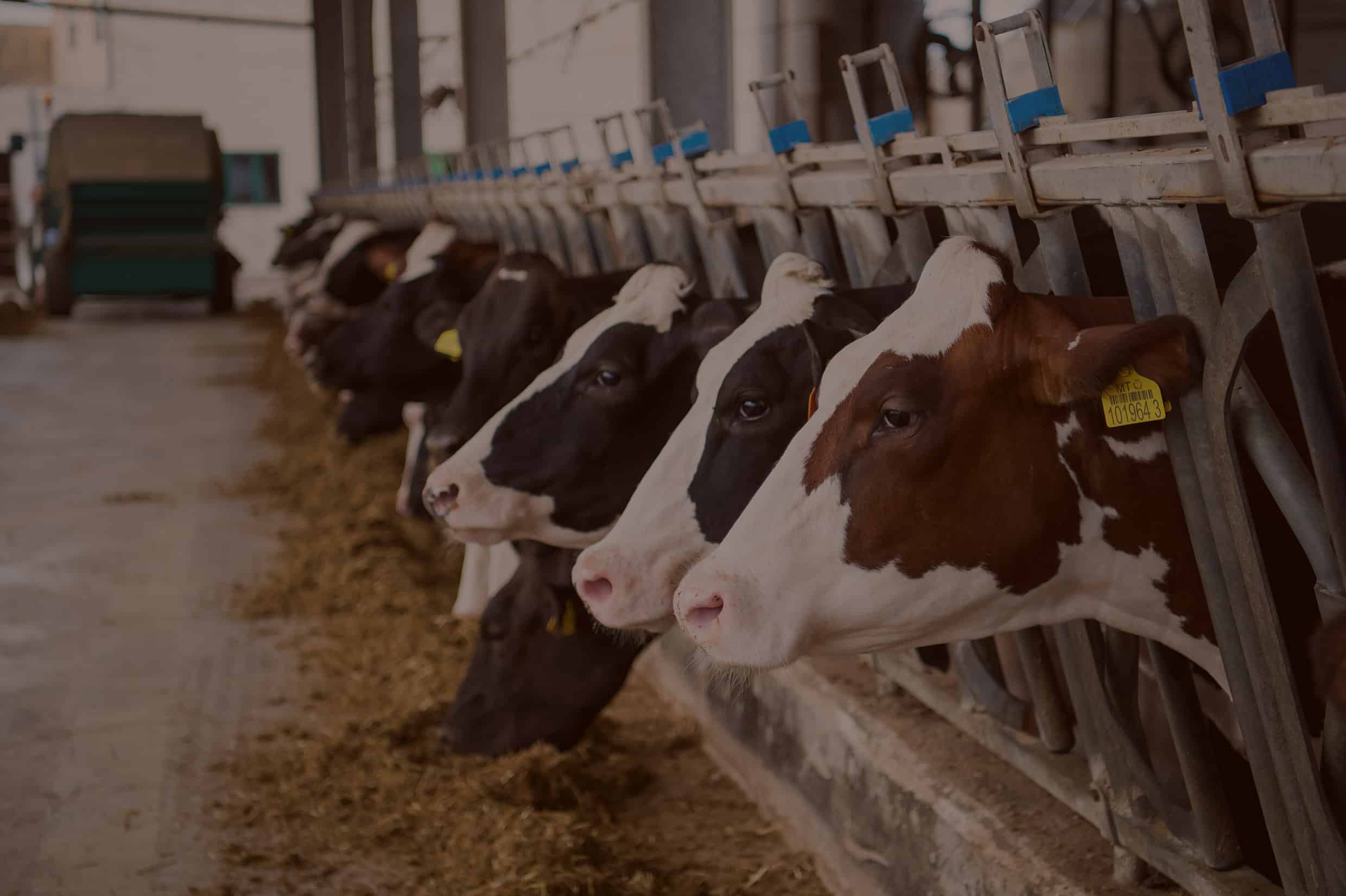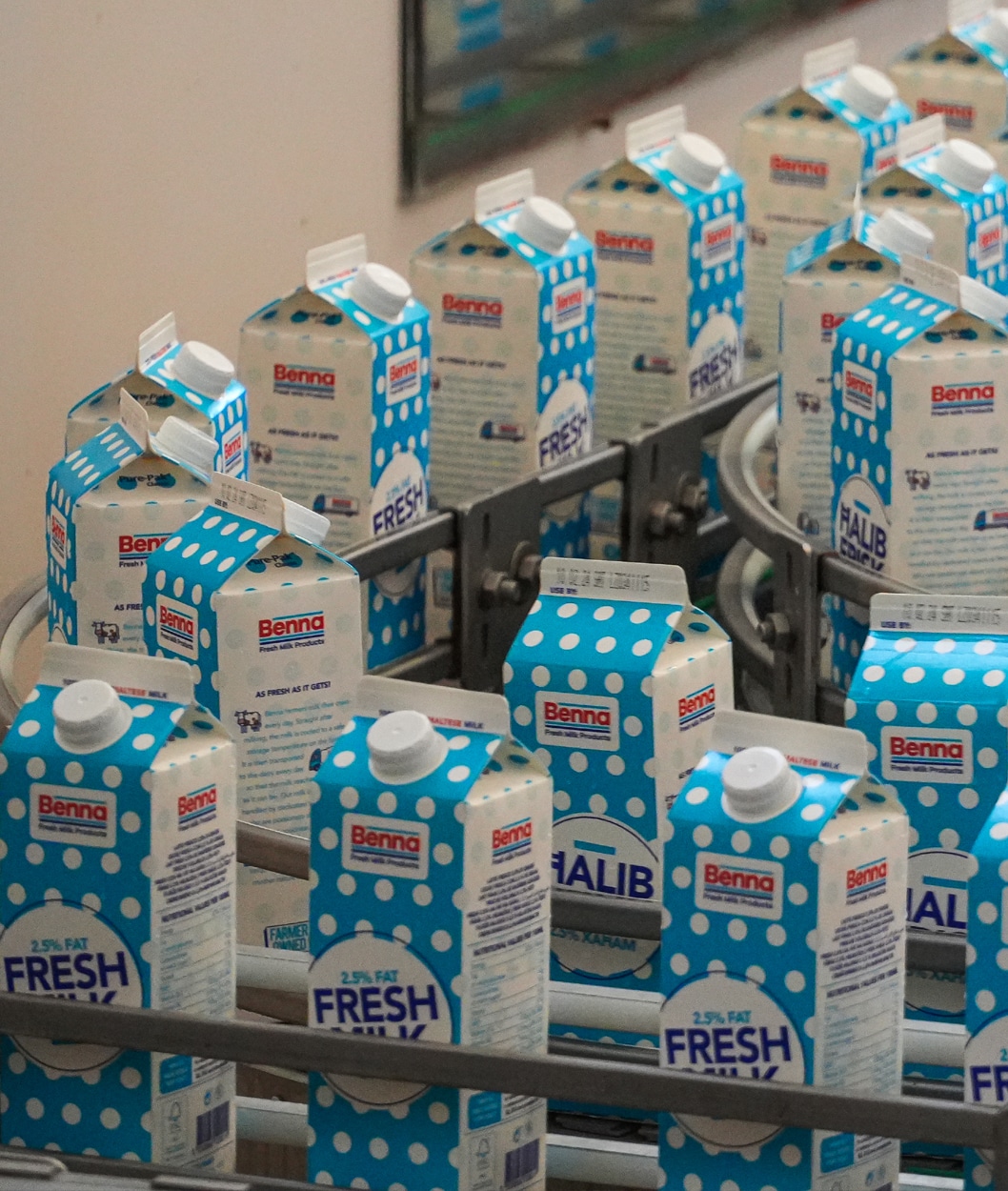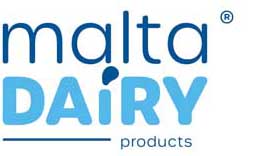
The Freshness and Nutritional Value of Maltese Milk
November 15, 2024

The Fine Line of Quality Tourism: A Balancing Act for Malta’s Hospitality Sector
November 14, 2024
HORECA Speaks: Kurt Micallef
November 15, 2024Fresh Maltese milk is not only renowned for its delightful taste but also for its exceptional nutritional value, a fact that is backed by scientific evidence.
But have you ever wondered what “fresh” really means? The term fresh can be multifaceted, referring to something recently produced, innovative, or refreshing. In the context of Maltese milk, fresh signifies a product that is natural, genuine, and packed with nutrients.
One of the significant advantages for local consumers in Malta is the production of fresh milk products. Due to the country’s small geographic size, fresh milk can be delivered from farms to consumers within 24 hours, ensuring that it retains its nutritional value and taste.
This proximity means that Maltese consumers enjoy milk that is truly fresh, unlike in larger countries where milk often has to travel long distances, which potentially compromises its quality.
Fresh pasteurised milk in Malta is produced using traditional methods established by the local dairy cooperative. This process involves transferring milk under cold conditions and then pasteurising it at 72-74°C for 15 seconds.
This method removes 99.9% of micro-organisms while retaining the taste and nutritional quality of raw milk. The milk is also homogenised to ensure an even distribution of cream, improving mouthfeel without affecting taste or nutritional value.
The short shelf life of Maltese milk, typically 7-8 days under refrigerated conditions, is due to the 0.1% of micro-organisms that remain after pasteurisation. These micro-organisms, resistant to heat, can eventually cause spoilage.
However, they are safe to consume, as the harmful ones are eliminated during pasteurisation. This short shelf life is a testament to the milk’s freshness and minimal processing, which preserves its nutritional integrity.
In contrast, Extended Shelf Life (ESL) milk and Ultra-High Temperature (UHT) milk undergo more intensive processing. ESL milk is subjected to additional steps like centrifugation and filtration before pasteurisation at higher temperatures (80-85°C for 10-15 seconds).
While this process extends the milk’s shelf life, it also removes valuable components such as vitamins, significantly impacting taste and nutritional value.
UHT milk, on the other hand, is heated to even higher temperatures (135-150°C for 2-5 seconds), allowing it to be stored at room temperature for several months. However, this process severely compromises the milk’s nutritional value and taste, as the high temperatures destroy many of the beneficial nutrients found in fresh milk.
The benefits of consuming fresh pasteurised milk are clear: it retains the natural taste and nutritional value of raw milk while ensuring safety through pasteurisation. Maltese consumers are particularly fortunate to have access to such high-quality milk products, thanks to the country’s small size and efficient distribution networks, which ensure the milk they consume is as fresh and nutritious as possible.
Fresh Maltese milk offers unparalleled taste and nutritional benefits. The traditional pasteurisation methods used in Malta preserve the milk’s natural qualities, providing consumers with a product that is both safe and nutritious. In contrast, ESL and UHT milk, while having longer shelf lives, lack the nutritional value and taste of fresh milk. For those who prioritise quality and nutrition, fresh Maltese milk is the clear choice.



Malta Dairy Products Ltd. is the leading processing dairy plant on the Maltese Islands. We process, pack and distribute fresh milk and milk products originating solely from the Maltese Islands. Fresh milk is brought in every single day from 89 farms around Malta and Gozo. The milk is not sterilised, but simply pasteurised to retain its fresh taste and nutritious quality.
Product safety and quality are at the heart of the Company’s culture and relentless pursuit to ensure that all its products are produced in a hygienic and efficient manner.
At Malta Dairy Products Ltd. we pride ourselves in being the leading Cooperative of dairy farmers across Malta and Gozo, with a mission to utilise all the milk provided by our herdsmen.
W: https://www.benna.com.mt/ | E: info@benna.com.mt | Tel: +356 21224472
Click here to see Horeca Issue 17 online
Related posts
December 28, 2025



